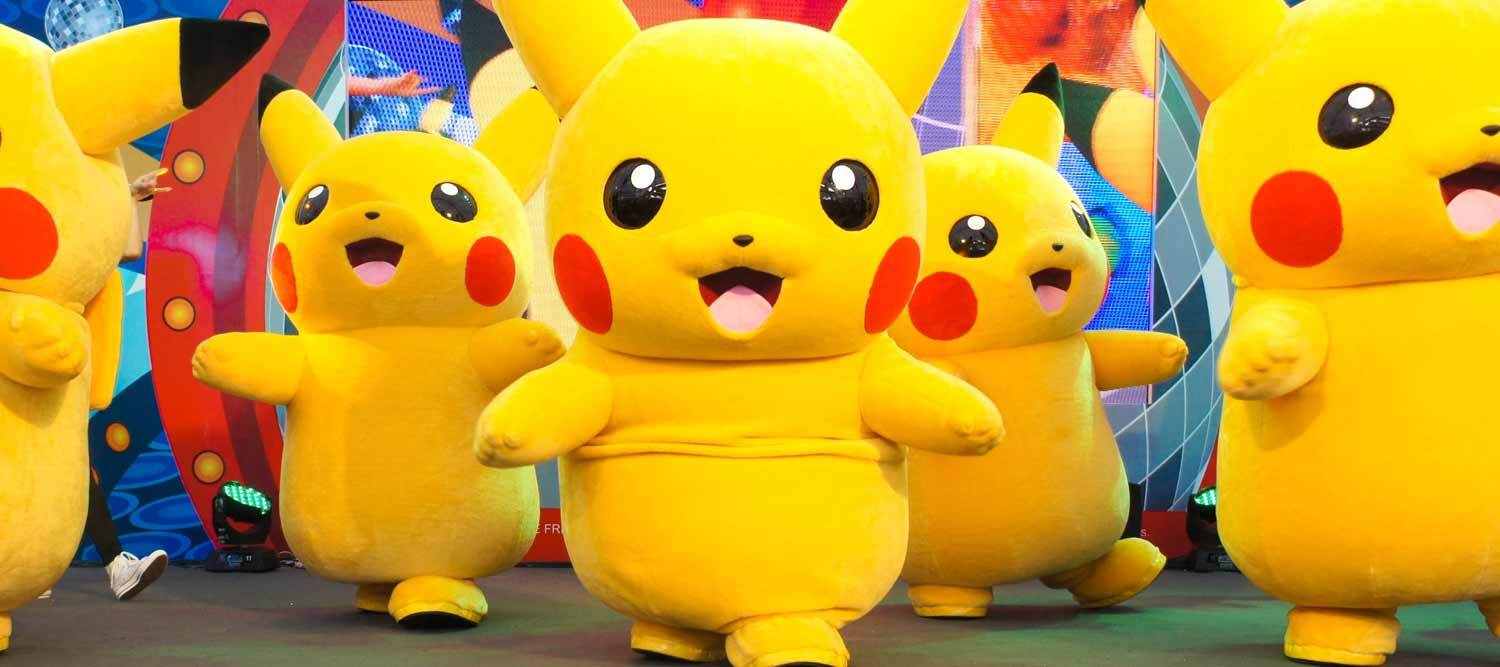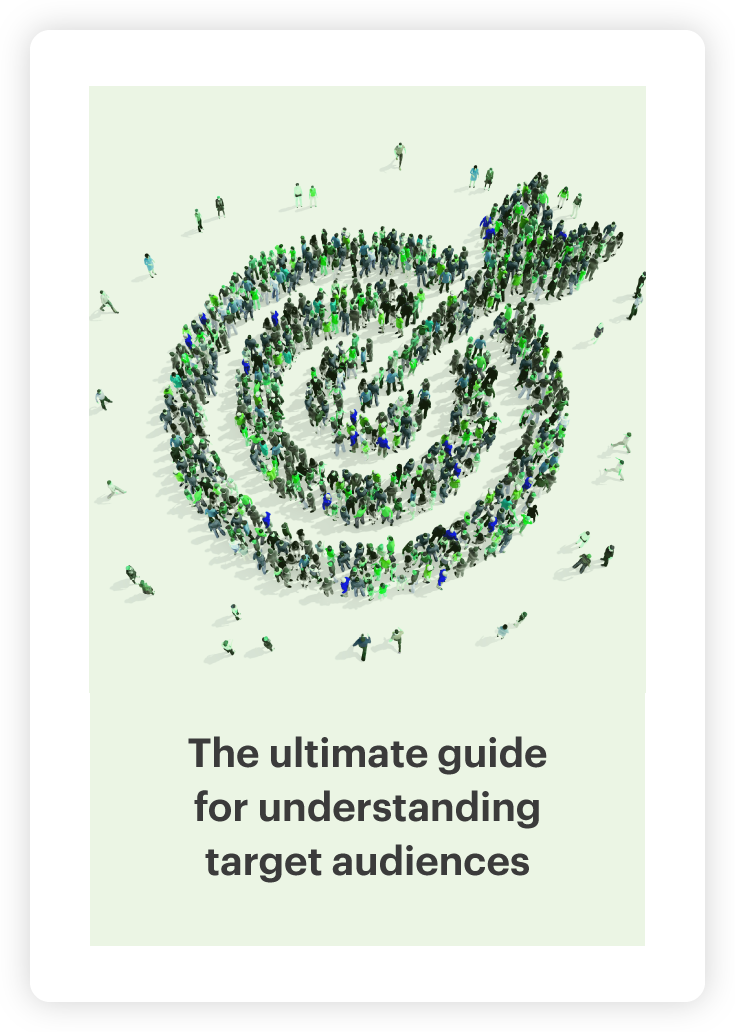Product research analysis into different generations’ reactions to Pokémon Scarlet and Violet

Over 26 years ago, Nintendo released a game known as ‘Pocket Monsters’ in Japan. It was the start of a gaming juggernaut spanning multiple generations, making Pikachu a household name to gen X, millennials, gen Z and now gen Alpha.
Pokémon Scarlet and Violet are the latest games in the series. Their much-acclaimed release last week has been marred by bugs, however, many fans are still appreciative of another opportunity to catch ’em all.
With Pokémon’s popularity spread across multiple generations, we wanted to see how different age groups talked about the two new games. To find out, we looked to online conversations. Using a social listening tool, we gathered discussions about the games from both gen Z and millennials, differentiating by ages listed in their Twitter bios.
Once we’d collected this text data, we used our software to conduct product research analysis. The Relative Insight text analytics platform uses comparison to surface insights from text. In this case, comparing gen Z and millennial tweets about the new Pokémon games illuminates the differences in how each audience talks about them, helping to identify what resonates with each generation, as opposed to a frequency analysis which would surface common words like ‘bugs’, ‘glitches’ or even ‘Pokémon’.
With millennials the original Pokémon masters and gen Z taking on the mantle, there are big variations in how each group views Scarlet and Violet.
Scarlet and Violet: cutting through the hysteria
Conducting product research analysis on text data allows brands to cut through the noise. While consumers have expressed dissatisfaction with the new games, this tends to be amplified, meaning the nuances are lost. Text analysis enables us to detect these nuances – and we’ve found that players’ verdicts aren’t as negative as portrayed.
Millennials say that they still find ‘enjoyment’ from the games. They’re infinitely more likely to use this phrase – meaning that it didn’t appear in gen Z discussions about Scarlet and Violet. They highlighted that, despite the bugs, there was enough in the games to keep them interested.
“There’s some tech issues that need fixing but their impact on the actual enjoyment of the game is blown out of proportion.“
“I’m still so excited for the new Pokémon game. My enjoyment of the franchise is more out of seeing the creative output of the fandom than anything.“
Gen Z are undecided on what they think of the games. They used the acronym ‘idk’ (I don’t know) 3.3x more than millennials and discussed both the good and bad points of each game.
“I haven’t played Pokémon games since X and Y, I got Scarlet & Violet and I’m loving it. I haven’t run into too many bugs and the few I have were quite small, I do wish they polished it a bit more but Idk I’m loving the gameplay, the exp share is super helpful too.“
Criticism takes different forms
When it comes to the elements of the games they didn’t like, gen Z and millennial players had different takes.
Millennials were most upset about two things: the money they paid for the game and a lack of older Pokémon. They were 5.3x more likely to use words related to ‘money’, in particular the word ‘spending’. They were also infinitely more likely to use the word ‘rushed’. Their sentiment is clear: they’re unhappy about spending a lot of money on games which appear to have been rushed out to meet the release date.
“I expected better performance after spending $120 to get me and my brother the game. The problem with Game Freak is people will buy their games regardless. I hope the game gets another patch.“
There are 1,008 Pokémon in total, however, just a fraction of these appear in Scarlet and Violet. This is a source of consternation to millennials wanting to see Pokémon from their youth. They were 5.9x more likely to use the word ‘cut’, highlighting the monsters who had been cut from these games.
“What happens when Game Freak gets to the next console? These excuses for less content will stop working. There was no reason to ever cut Pokémon from Pokémon. It’s 100% possible to put all Pokémon in the games on the Switch.“
In contrast, our product research analysis found that gen Z made comparisons to other games, including previous Pokémon titles, when critiquing Scarlet and Violet. They were 10.1x more likely to use words like ‘objectively’ and ‘logically’, while also using the word ‘wise’ to highlight what aspect they’re discussing. Gen Z gamers use comparison to demonstrate the context surrounding their opinions.
“The Switch has games that do more than Pokémon performance wise and yet they look 100x better than Pokémon.“
Variations in general Pokémon discussions
Our analysis also picked up general Pokémon conversations from the two age brackets not necessarily relating to the new games. Interestingly, both generations displayed a degree of nostalgia when discussing the franchise generally.
Gen Z’s comparisons to previous games extended to these conversations. They were infinitely more likely to use the phrases ‘best Pokemon games’ and ‘gen 6’ – relating to Pokémon X, Y, Omega Ruby and Alpha Sapphire. While it might be surprising that it’s gen Z most likely to reminisce about older games, the four in question (released between 2013-14) would likely have been the first time many encountered the series.
They were also infinitely more likely to talk about their ‘favorite Pokémon’, while also referring to the monsters themselves as ‘mons’ 4.9x more. This highlights a desire to talk about the monsters themselves, rather than just the games.
“I don’t think the move to 3D necessarily made the Pokemon designs less interesting for me but Gen 6 to me still kinda peaked before things steadily got worse IMO.“
For millennials, it’s Ash Ketchum and the anime series which draws their attention. While the cartoon may now be aimed at gen Alpha, millennials who grew up with it are still watching it and talking about it. They were 1.8x more likely to use Pokémon-related hashtags and infinitely more likely to use the #anipoke – the anime’s hashtag.
“Ash vs Leon officially is top 1 best battle of Pokémon anime #アニポケ #anipoke #pokemon.“
Text analysis unlocks different demographics
Our product research analysis has unveiled which aspects of Pokémon different generations focus on.
For gen Z, it’s all about the monsters (or ‘mons’) themselves and how the games compare to others. They’re also likely to be more open minded about what’s in the games. Nintendo, Game Freak and The Pokemon Company should appeal to these consumers by starting conversations about players’ favorite Pokémon, while also not being afraid to talk about previous games over fears it’ll divert attention from newer releases.
Millennials are still fans of the anime and value Pokémon from their youth. They will look for different ways to enjoy games, however, they’re also more certain about what they want to see. The trio of key Pokémon decision makers can appeal to this group by including as many older Pokémon as possible within new games, creating tie-ins with the anime and emphasizing ways in which millennials can enjoy new games.
The Pokémon franchise is recognized by four different generations. This gives it a big market, but also requires careful messaging to resonate with these different groups. Text analysis helps popular brands to understand and better communicate with distinct consumer groups – supporting everything from brand sentiment campaigns through to product launches. Find out how text analytics can help your brand by speaking to our team.
